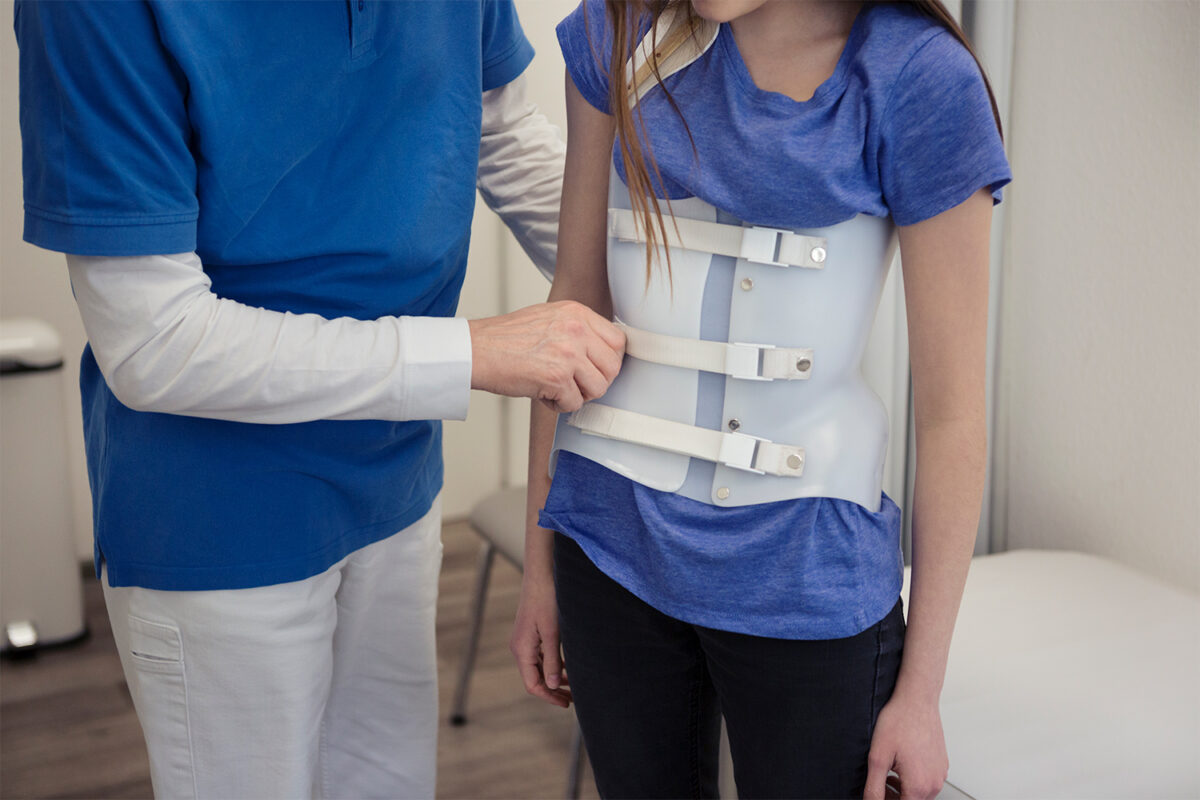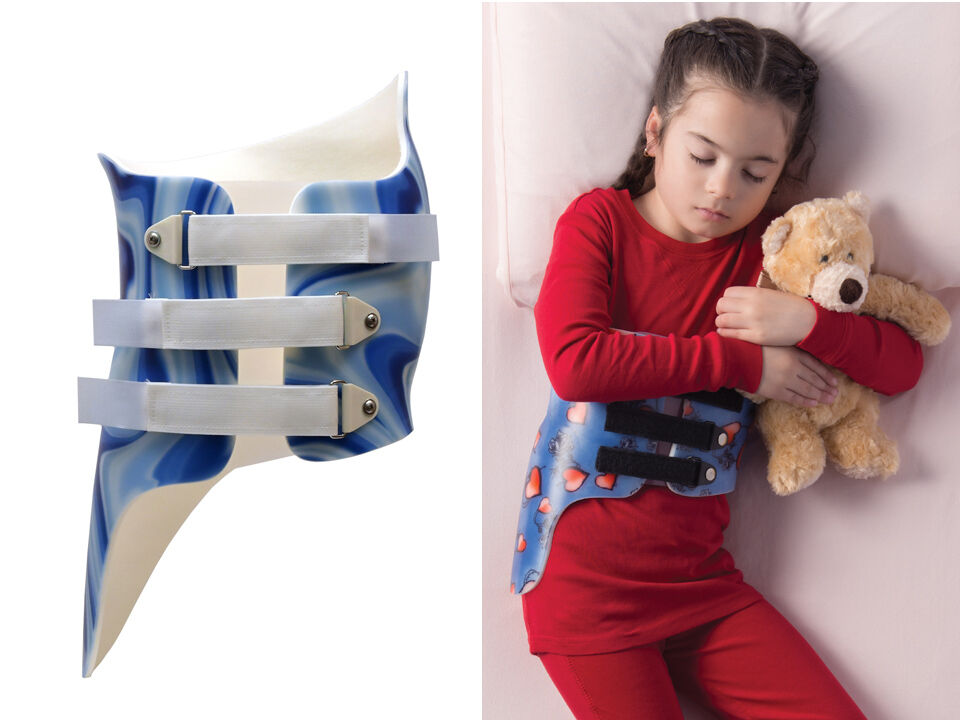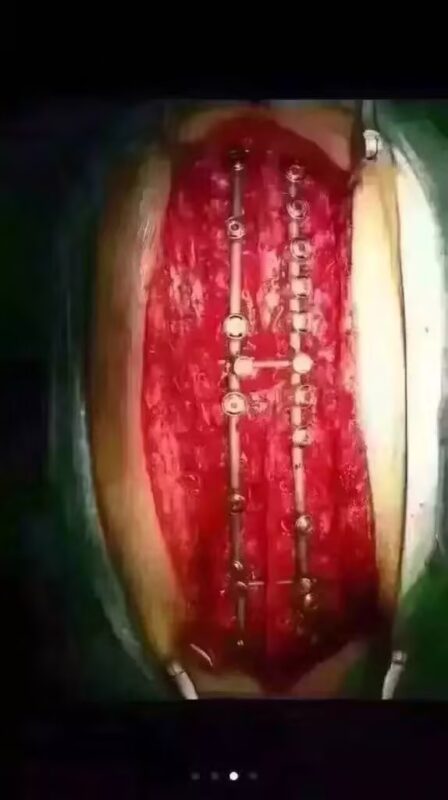側湾症 is a condition characterized by an abnormal curvature of the spine, which can cause pain, discomfort, and limited mobility. In severe cases, surgery may be recommended to correct the curvature and prevent further progression of the condition. While scoliosis surgery can be a life-changing procedure, it is important to understand the recovery process and what to expect during this time.
Preparing for the Recovery Process
Before undergoing scoliosis surgery, it is crucial to prepare both physically and mentally for the recovery process. This preparation involves discussing the procedure with your surgeon, understanding the potential risks and benefits, and making necessary arrangements for post-surgery care. Additionally, it is important to have a support system in place, as the recovery period can be challenging both physically and emotionally.

Immediate Post-Surgery Care
After scoliosis surgery, you will be closely monitored in the hospital for a few days. During this time, you may have a catheter, drainage tubes, and an IV for pain medication and fluids. Your surgeon will also prescribe antibiotics to prevent infection. Pain and discomfort are common during this initial phase, but your medical team will work to manage your pain effectively.
痛みと不快感の管理
Pain management is a crucial aspect of the recovery process after scoliosis surgery. Your surgeon will prescribe pain medication to help alleviate discomfort. It is important to take the medication as directed and communicate any concerns or changes in pain levels to your medical team. Additionally, using ice packs or heat therapy can provide relief and reduce swelling in the surgical area.
理学療法とリハビリテーション
Physical therapy plays a vital role in the recovery process after scoliosis surgery. Your surgeon will recommend a physical therapy program tailored to your specific needs. This program will focus on strengthening the muscles surrounding the spine, improving flexibility, and restoring normal movement patterns. While physical therapy sessions may initially be challenging, with time and dedication, you will gradually regain strength and mobility.

Restrictions and Limitations
During the recovery period, it is essential to follow your surgeon’s instructions regarding restrictions and limitations. This may include avoiding activities such as heavy lifting or high-impact exercises to prevent strain on the healing spine. Adhering to these restrictions is crucial for proper healing and minimizing the risk of complications.
Wound Care and Incision Healing
Proper wound care is essential for a successful recovery after scoliosis surgery. Your surgeon will provide specific instructions on how to care for your incision site, including cleaning and dressing changes. Keeping the incision area clean and dry is vital to prevent infection. Your surgeon may also recommend using scar creams or silicone sheets to promote optimal healing and minimize scarring.
Potential Complications and Warning Signs
While scoliosis surgery is generally safe, there are potential complications that can arise during the recovery process. It is important to be aware of warning signs such as increased pain, redness or swelling around the incision site, fever, or drainage from the wound. If you experience any of these symptoms, it is crucial to contact your surgeon immediately.

Gradual Return to Daily Activities
As your recovery progresses, you will gradually be able to resume your daily activities. However, it is important to do so gradually and listen to your body’s cues. Your surgeon and physical therapist will guide you through this process, providing recommendations on when it is safe to resume certain activities. It is important to be patient and not push yourself too hard, as this can hinder the healing process.
Emotional and Psychological Support
The recovery process after scoliosis surgery can be emotionally challenging. It is normal to experience a range of emotions, including frustration, sadness, or anxiety. Having a strong support system in place, including family, friends, and mental health professionals, can be immensely helpful during this time. Engaging in activities that bring you joy and practicing self-care can also contribute to a positive emotional state.
Long-Term Follow-Up and Monitoring
Long-term follow-up and monitoring are essential after scoliosis surgery to ensure the success of the procedure. Your surgeon will schedule regular check-ups to assess your progress, monitor the healing process, and address any concerns or complications that may arise. It is important to attend these appointments and communicate any changes or issues you may be experiencing.
Tips for a Successful Recovery
To ensure a successful recovery after scoliosis surgery, consider these tips:
- Follow your surgeon’s instructions regarding restrictions and limitations.
- Take pain medication as prescribed and communicate any changes in pain levels.
- Attend all physical therapy sessions and follow the recommended exercises.
- Practice proper wound care and keep the incision site clean and dry.
- Be aware of potential complications and seek medical attention if necessary.
- Gradually return to daily activities and listen to your body’s cues.
- Seek emotional and psychological support from loved ones and professionals.
- Attend regular follow-up appointments to monitor your progress.
- Practice self-care and engage in activities that bring you joy.
- Be patient and kind to yourself throughout the recovery process.
結論
The recovery process after scoliosis surgery is a journey that requires patience, dedication, and support. By understanding what to expect and following the recommended guidelines, you can ensure a successful recovery and regain your quality of life. Remember to reach out to your medical team for any concerns or questions that may arise during this time.
参考文献
- Aulisa, A. G., Guzzanti, V., Falciglia, F., et al. (2014). “Brace treatment in juvenile idiopathic scoliosis: A prospective study.” Scoliosis, 9(1), 3.
- Negrini, S., Donzelli, S., Aulisa, A. G., et al."2016 SOSORTガイドライン:成長期の特発性側弯症の整形外科治療とリハビリテーション治療".側弯症と脊椎疾患, 13(1), 3.
- Hresko, M. T. (2013)."思春期の特発性側弯症".The New England Journal of Medicine, 368(9), 834-841.
- Weinstein, S. L., Dolan, L. A., Cheng, J. C., et al."思春期特発性側弯症"The Lancet, 371(9623), 1527-1537.
- Lonstein, J. E., & Carlson, J. M. (1984).「未治療の特発性側弯症における成長期のカーブ進行の予測。The Journal of Bone and Joint Surgery, 66(7), 1061-1071.
- Ceballos-Laita, L., Tejero-Garcés, L., & Jiménez-Castillejo, R. (2018)."思春期特発性側弯症における理学療法の役割:系統的レビュー".側弯症と脊椎疾患, 13(1), 18.
- Richards, B. S., Bernstein, R. M., D'Amato, C. L., & Thompson, G. H. (2005).「思春期特発性側弯症の装具研究における基準の標準化:SRS Committee on Bracing and Nonoperative Management".Spine (Phila Pa 1976), 30(18), 2068-2075.
- Negrini, S., Grivas, T. B., Kotwicki, T., et al.「なぜ思春期特発性側弯症の治療をするのか?患者にとって得たいもの、避けたいもの。SOSORT 2005コンセンサスペーパー".側弯症, 1(1), 4.
- Wong, M. S., Cheng, J. C., & Lam, T. P. (2008)."思春期特発性側弯症における脊柱変形と体の対称性に及ぼす硬性脊柱装具と軟性脊柱装具の効果".European Spine Journal, 17(8), 1102-1108.
- Monticone, M., Ambrosini, E., Cazzaniga, D., et al."能動的自己矯正と課題指向型エクササイズは、軽度の思春期特発性側弯症の被験者において脊柱変形を減少させ、QOLを改善する:ランダム化比較試験の結果"European Spine Journal, 25(10), 3113-3121.

